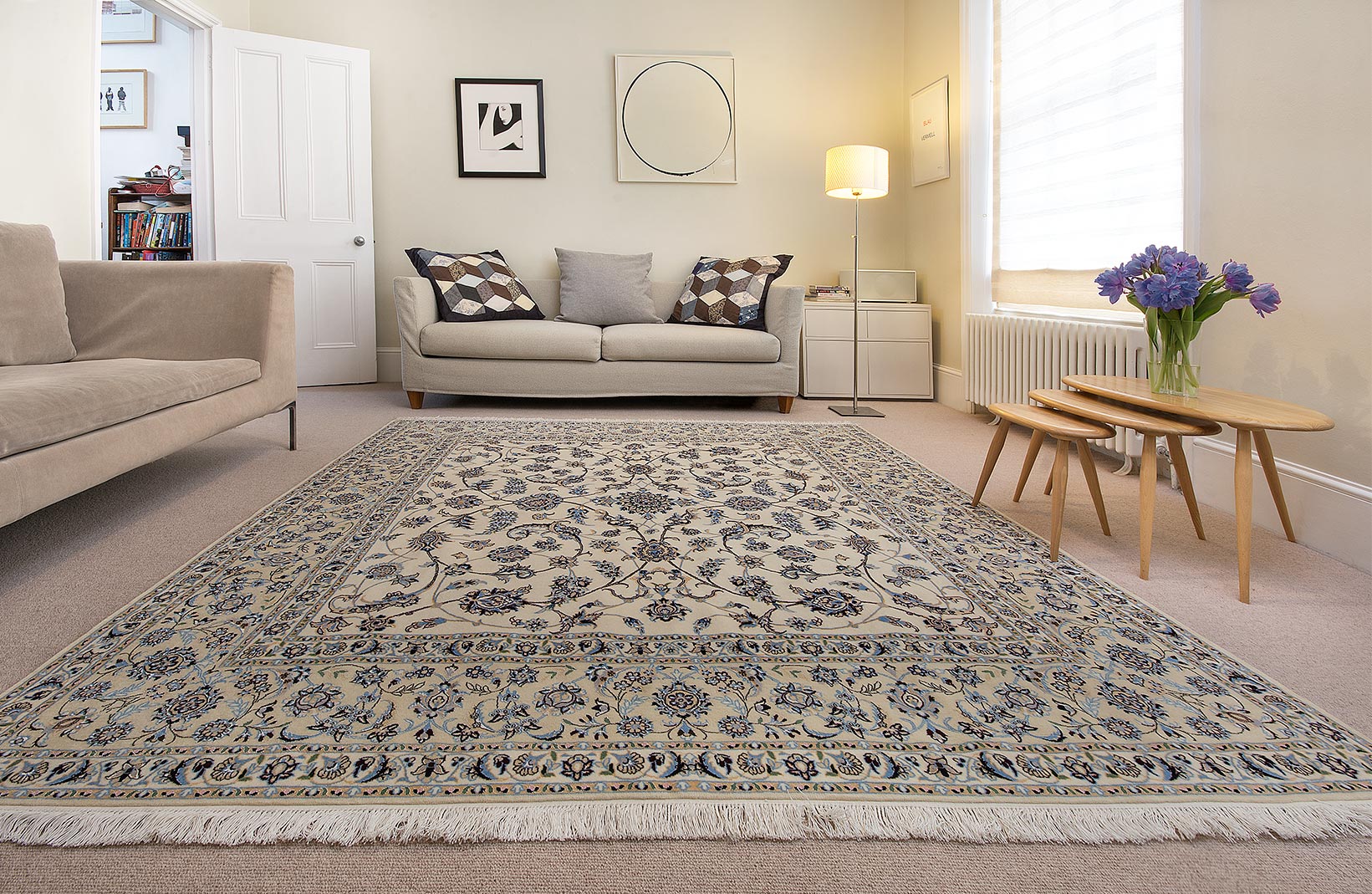
Rugs are an ideal solution for almost any kind of interior. Rugs are very interesting decorative items that are rich in history and have cultural significance. In modern times oriental rugs have been adapted to satisfy more contemporary tastes and are often made in workshops. A vibrant oriental rug’s rich colors and elaborate designs can effortlessly transform the entire look and feel of a room. Oriental rugs are more expensive than the normal area rugs so visit multiple rug wholesalers to get the best price rugs in London.
Remember that when you are buying an oriental rug you are not just purchasing a rug but making an investment. Modern spaces coupled with traditional or even antique rugs represent a stunning solution. But buying an original oriental rug is a mean task. It is not easy for normal folks who are amateurs to identify rugs and know the distinction between an authentic handmade Oriental rug and a machine made a rug. There are several misconceptions about new oriental rugs that often mislead buyers and refrain them from purchasing the best price rugs in London. Here we will discuss some of the common misconceptions that you should ignore when buying oriental rugs:
1. Old Rugs are Made from Natural Dye and New Rugs have Synthetic Dye
 Most rugs and carpets that are available on the market now that are considered old were made with synthetic dyes and only some new rugs are now made with natural dyes.
Most rugs and carpets that are available on the market now that are considered old were made with synthetic dyes and only some new rugs are now made with natural dyes.
2. New carpets with an old look have been given a bath in tea
Tea is sometimes used, but almost always in combination with other substances whose effects are permanent.
3. If you find bands of slightly different color run across a rug, it is a sign of natural dyes
This disparity in color is a sign that wool has been dyed in small batches, each batch is slightly different in shade.
4. New Oriental rugs are no longer made by hand
One of the most important facts about Oriental rugs is that they are all hand-knotted and made from hand-spun wool and natural dyes.
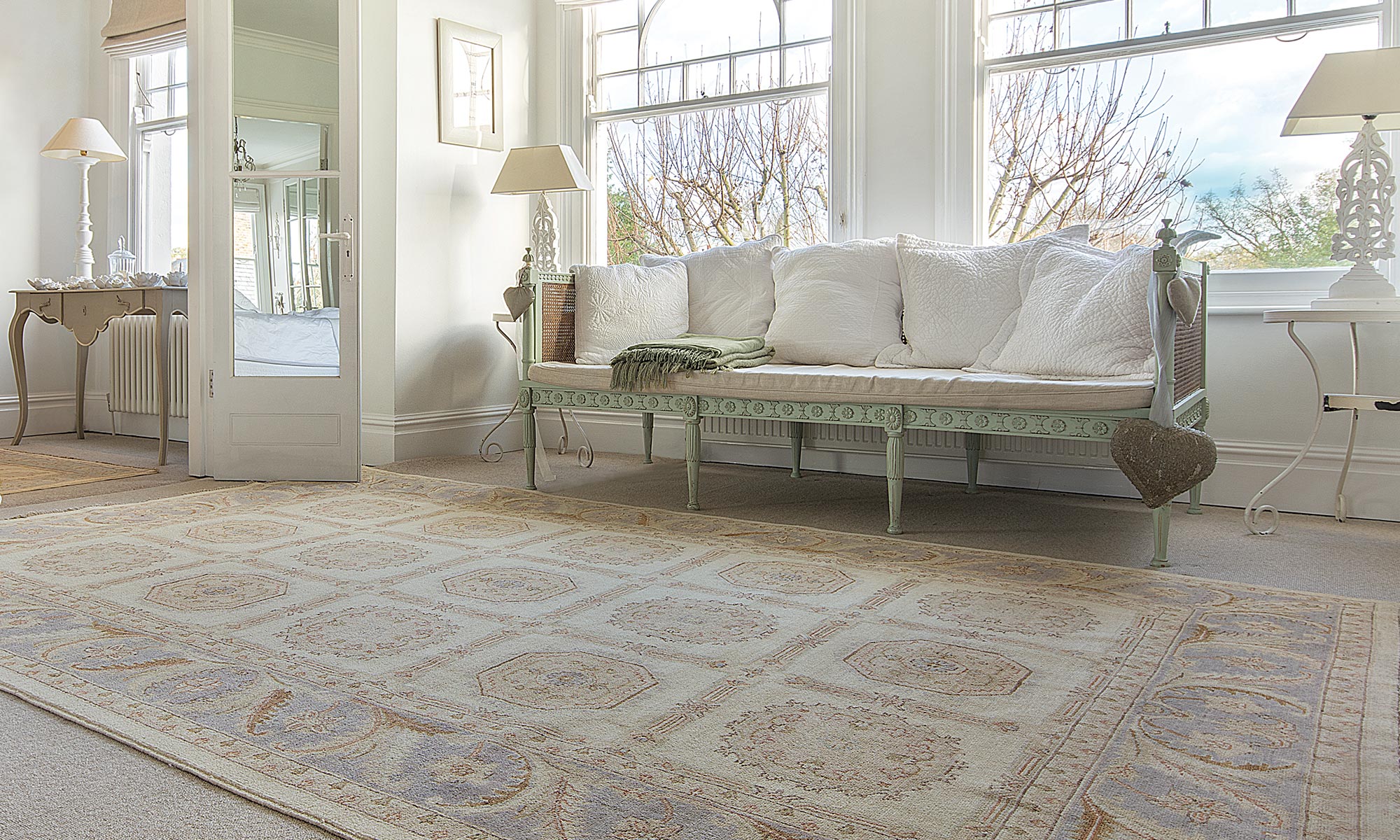

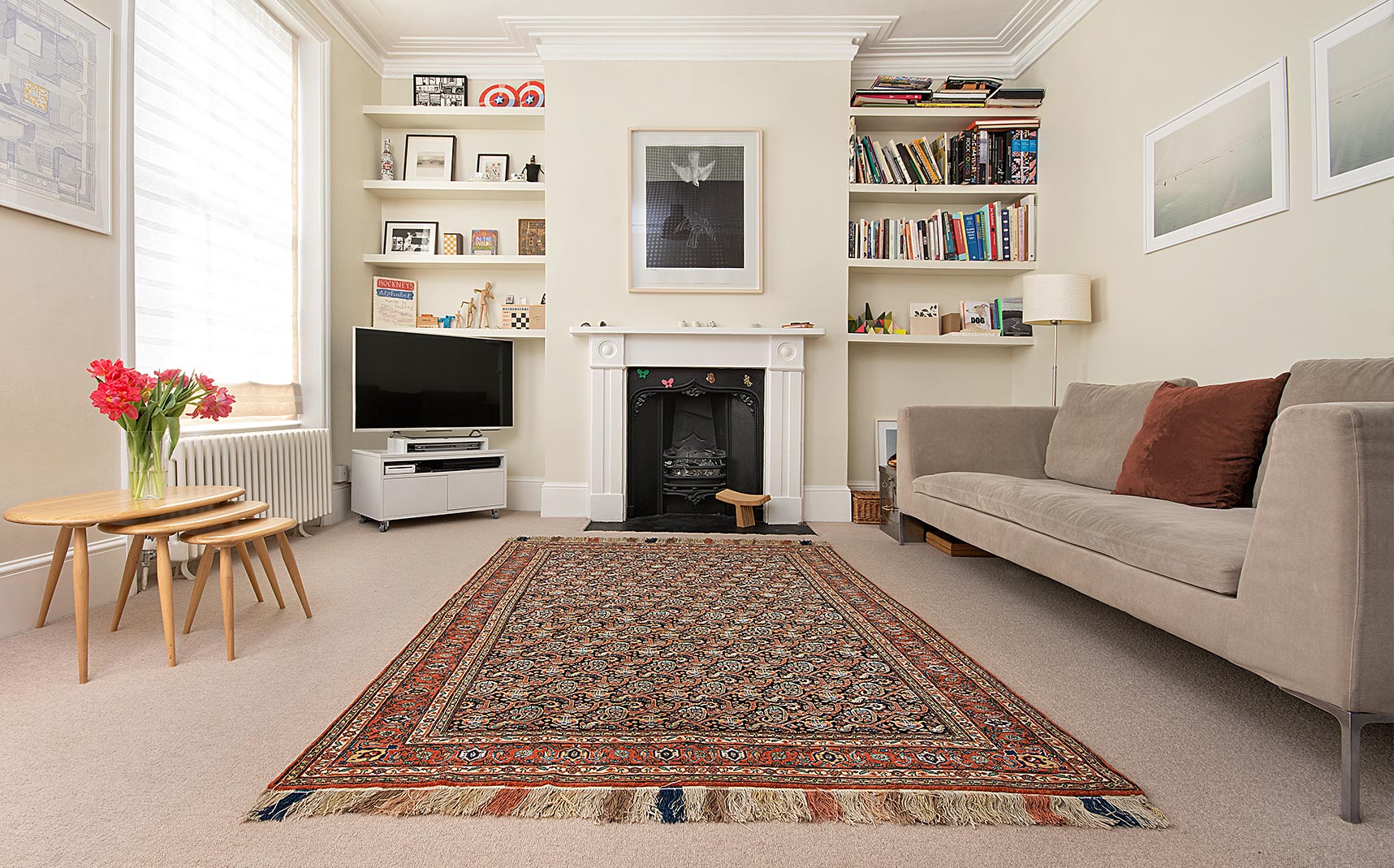
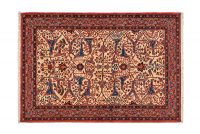 Keep in mind that recognizing a handmade rug is a difficult thing to do. Some of the facts on the basis of which rug can be distinguished are color, design, and craft. The skills which have been used at the time of weaving the rug, as well as the material used and a number of knots placed on the rug is also a big measure of the quality of these handmade rugs.
Keep in mind that recognizing a handmade rug is a difficult thing to do. Some of the facts on the basis of which rug can be distinguished are color, design, and craft. The skills which have been used at the time of weaving the rug, as well as the material used and a number of knots placed on the rug is also a big measure of the quality of these handmade rugs.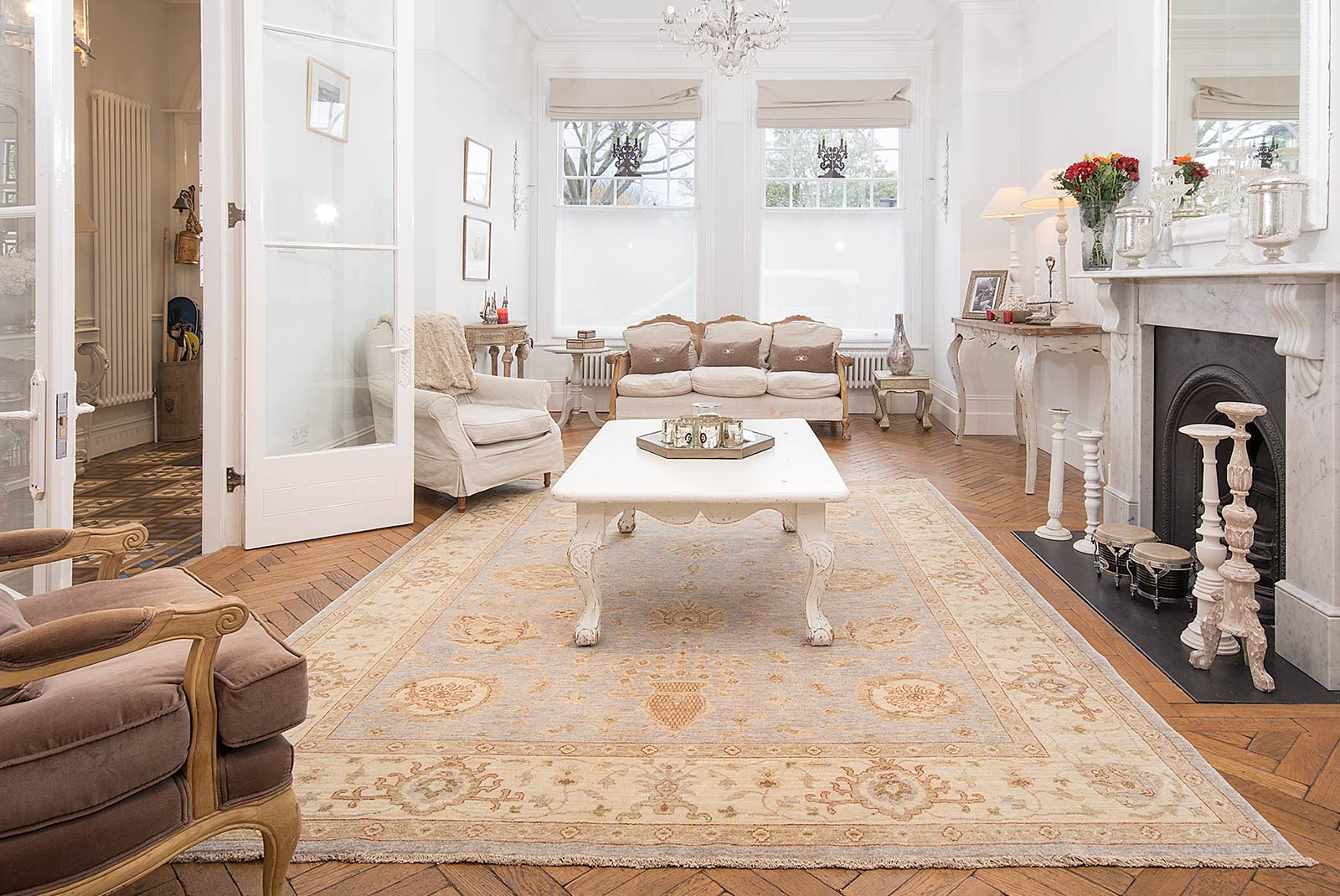
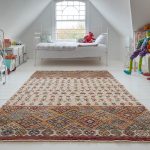 Embellishing your bedroom with a magnificent oriental hand knotted rug can give an elegant touch to the space. This rug is the perfect combination of warmth and comfort, beauty and style. For bedrooms, you can choose either wool or silk as its material. But silk may not last as longer as wool. So you can use the silk rug for the corners of the bedroom where it will receive less wear.
Embellishing your bedroom with a magnificent oriental hand knotted rug can give an elegant touch to the space. This rug is the perfect combination of warmth and comfort, beauty and style. For bedrooms, you can choose either wool or silk as its material. But silk may not last as longer as wool. So you can use the silk rug for the corners of the bedroom where it will receive less wear.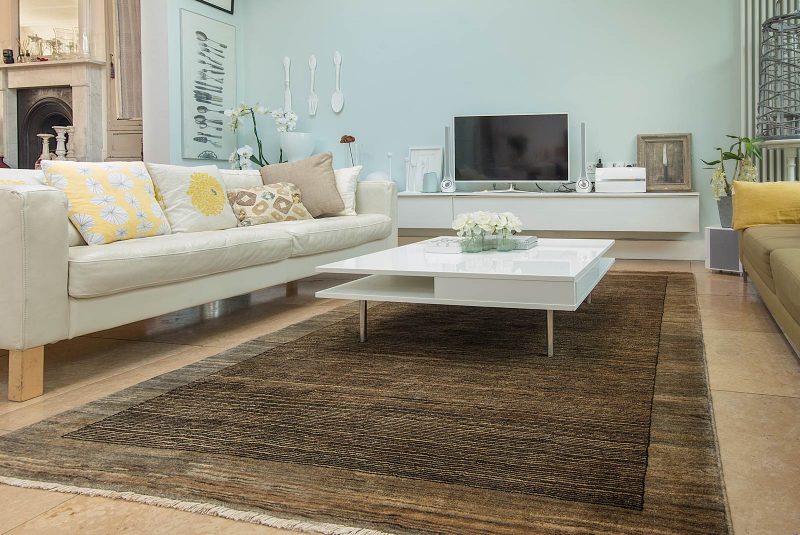
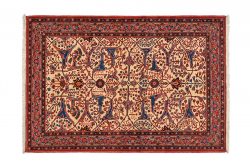 The Senneh knot is a type of asymmetric knot or double knot that is quite popular among rug weavers in Iran, Central Asia, India, China, Pakistan, and Afghanistan. The yard is draped around two warp strands but only one of these warps is completely encircled to create this kind of knot. The yarn is then passed open behind the adjoining warp in such a way that the two ends have only a single warp dividing them. The knot could be wrapped in either direction and are said to be open either to the right or open to the left. Rugs that have very fine detailing usually use Senneh knot.
The Senneh knot is a type of asymmetric knot or double knot that is quite popular among rug weavers in Iran, Central Asia, India, China, Pakistan, and Afghanistan. The yard is draped around two warp strands but only one of these warps is completely encircled to create this kind of knot. The yarn is then passed open behind the adjoining warp in such a way that the two ends have only a single warp dividing them. The knot could be wrapped in either direction and are said to be open either to the right or open to the left. Rugs that have very fine detailing usually use Senneh knot.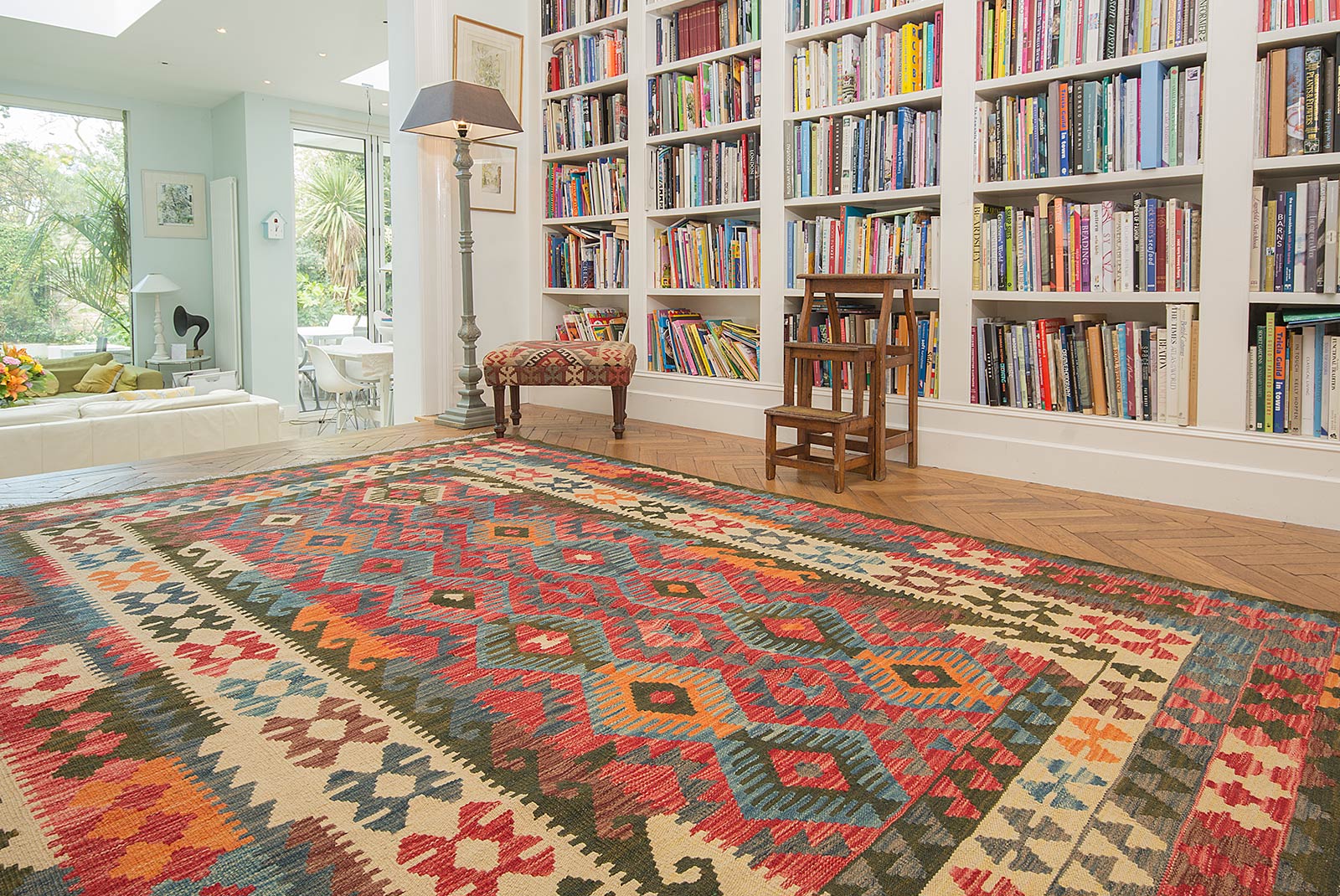
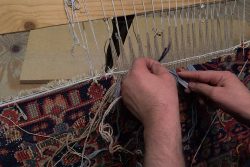 Each home has some uniqueness in look, interior styling and the taste of its owner. Some homeowners wish to hark back to the old days and add an antique feel to their living space. For them, the traditional hand-knotted or hand-tufted rugs are just perfect to be used as the focal piece for living room or hallway.
Each home has some uniqueness in look, interior styling and the taste of its owner. Some homeowners wish to hark back to the old days and add an antique feel to their living space. For them, the traditional hand-knotted or hand-tufted rugs are just perfect to be used as the focal piece for living room or hallway.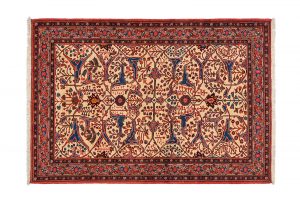
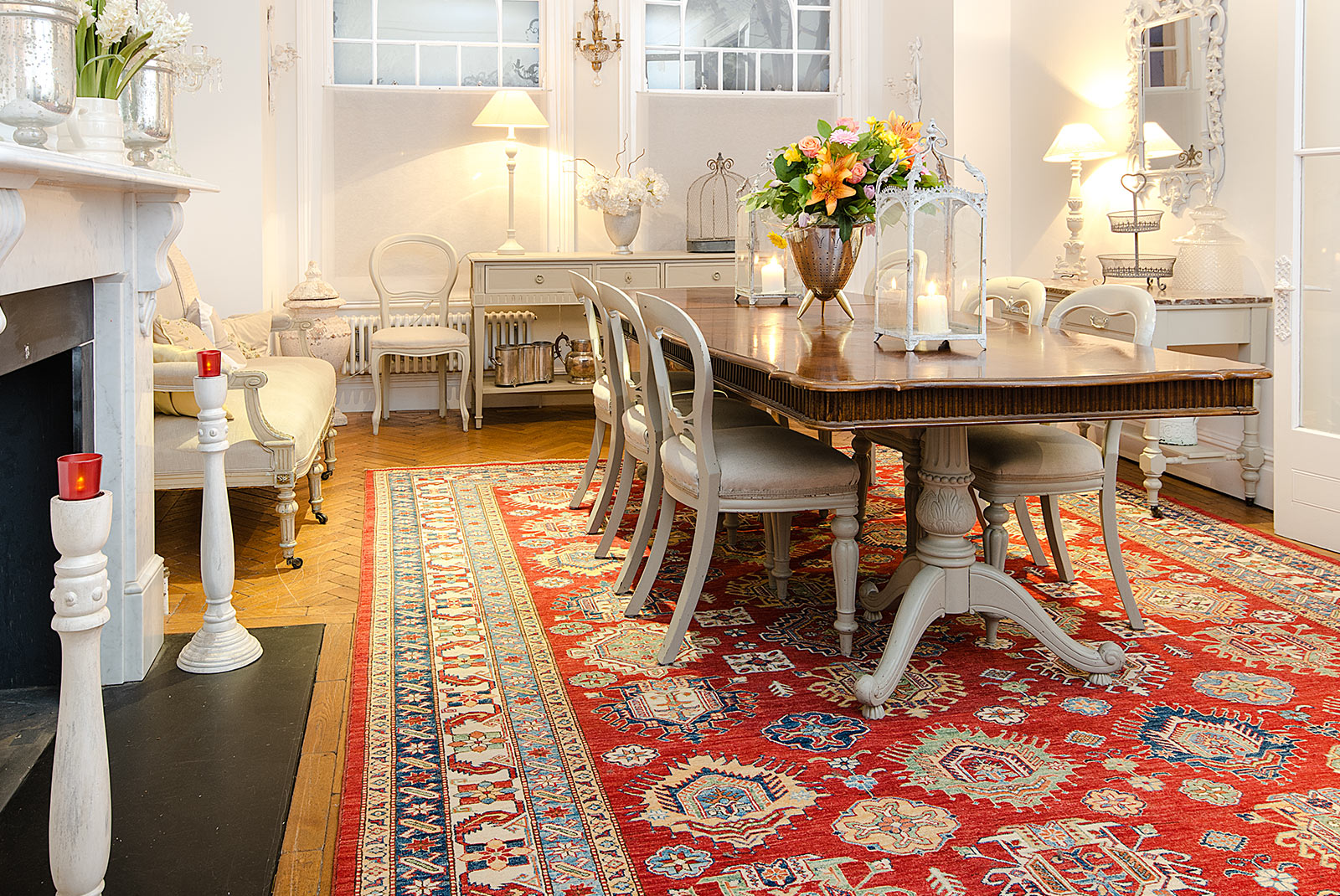
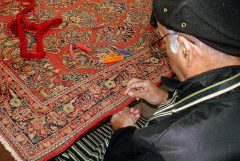 of elegance which employs a distinct age-old weaving technique to create a masterpiece. It is mainly made from wool or silk by skilled weavers into intricate patterns on a specialized loom. Millions of knots are tied individually to the warp threads tied to a loom, cut and then tied again to fasten the knots. The fringe of a hand knotted rug is vital for the construction of the rug as it is responsible for holding the rug together. Wholesaler of Hand Knotted Rugs differentiate hand knotted rugs from hand tufted or machine made rugs by examining the fringe as hand tufted and machine made rugs have the fringes sewn or glued to it.
of elegance which employs a distinct age-old weaving technique to create a masterpiece. It is mainly made from wool or silk by skilled weavers into intricate patterns on a specialized loom. Millions of knots are tied individually to the warp threads tied to a loom, cut and then tied again to fasten the knots. The fringe of a hand knotted rug is vital for the construction of the rug as it is responsible for holding the rug together. Wholesaler of Hand Knotted Rugs differentiate hand knotted rugs from hand tufted or machine made rugs by examining the fringe as hand tufted and machine made rugs have the fringes sewn or glued to it.